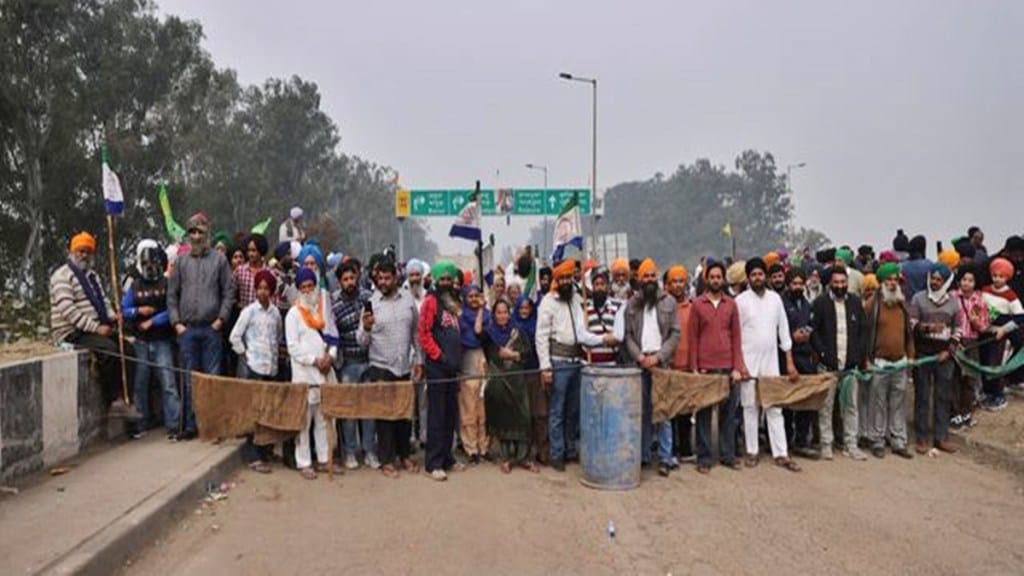While appreciating the constructive talks between the farmers’ unions and Government of India, Sanjeev Agrawal, President, PHD Chamber of Commerce and Industry, apprehends a severe hit to trade and industry and loss of employment in the Northern States. The cost of lingering agitation, he said, will be more than Rs 500 crore per day and will have an impact on Q4 GSDP of Northern States.
Nearly three years after farmers’ groups called off their protests against the three agriculture laws brought in by the government, a section of the farmers’ collectives are again back on the streets. Foremost among these demands is the enactment of a law guaranteeing a minimum support price (MSP) for crops – a crucial lifeline for farmers facing market uncertainties.
“We look forward to an early resolution of the issues from both the Government and the farmers, with a common consensus for the welfare of all in the country,” said Sanjeev Agrawal.
Farmers’ agitation is severely impacting the businesses of MSMEs in Punjab, Haryana, Delhi and parts of Uttar Pradesh and Rajasthan as raw materials of such units are procured largely from other states to execute production processes and to meet up demand of the consumers, said Sanjeev Agrawal.
The major hit will be on the MSMEs in Punjab, Haryana and Delhi. “The combined GSDP of Punjab, Haryana and Delhi is estimated at Rs 27 lakh crore in 2022-23 at current prices. There are around 34 lakh MSMEs in Punjab, Haryana and Delhi which employ about 70 lakh workers in their respective factories, he stated.
“The economic activities such as the food processing, cotton textiles, garments, automobile, farm machinery, information technology, trading, tourism, hospitality and transport will be severely impacted by the continuous farm agitation with the disrupted supplies of many raw materials to the industry,” Sanjeev Agrawal reiterated.
Government schemes for agricultural sector
The PHDCCI president also appreciated the government schemes and initiatives like PM-KISAN SAMMAN Yojana, PM Fasal Bima Yojana and Pradhan Mantri Kisan Sampada Yojana, among others and an allocation of Rs 1.27 lakh crore in Union Budget 2024-25 to Ministry of Agriculture and Farmers Welfare, aimed at growth and development of agriculture sector.
He also talked about the recent reform measures for agriculture and rural sector including application of Nano DAP on various crops, Pradhan Mantri Formalisation of Micro Food Processing Enterprises Yojana, and Electronic National Agriculture Market.
The growth in MSP of the major crops ranges from 54 per cent for Urad to 116 per cent for Jute in the last ten years (FY13 to FY23), with an average of 86 per cent for 2012-13 to 2022-23. He reiterated that the agriculture GDP has more than doubled at 172 per cent in the last ten years, from Rs 1,675,107 crore in 2012-13 to Rs 4557599 crore in 2022-23 at current prices.
“Whereas the Industry GDP has grown at 139 per cent in the last ten years, from Rs 2,923,394 crore in 2012-13 to Rs 6,988,791 crore in 2022-23 at current prices. In recent years the agriculture sector has shown a consistent growth rate of more than 3 per cent every year from 2019-20 to 2022-23. During the fiscal year 2022-23, India’s agricultural exports surpassed US $50 billion, which is highly appreciable,” Sanjeev Agrawal said.
